Do you know that many people think squats alone are the secret to a round, lifted booty? Think again! The truth is, while squats are powerful, they aren’t the only weapon in your glute-sculpting arsenal.
Your glutes—comprising the gluteus maximus, medius, and minimus—are the largest and most powerful muscles in your body. They’re not just about aesthetics; they’re crucial for hip mobility, posture, and lower back health.
Whether you’re at home, in a park, or sneaking in a quick workout on vacation, these 15 glutes-only bodyweight exercises will fire up your backside and leave you feeling stronger, more balanced, and yes—peachier than ever!
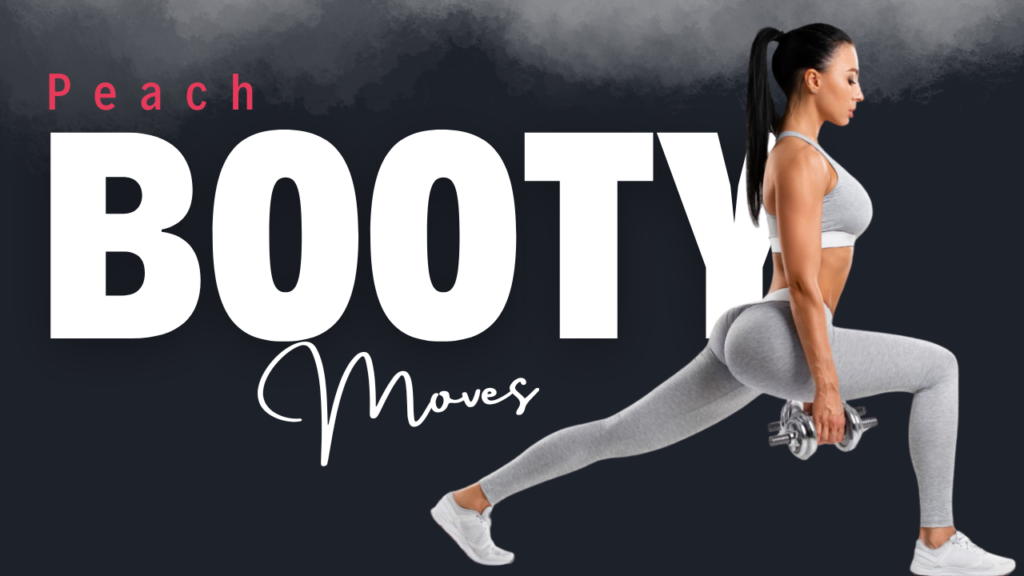
Table of Contents
What Can Happen After 30 Days of Glutes-Only Bodyweight Exercises
| Positive Changes You May Notice | Potential Challenges to Watch For |
|---|---|
| Enhanced glute strength and firmness – You’ll feel stronger in daily movements like squats. | Soreness or tightness – Especially if you’re new or increasing intensity. |
| Improved muscle tone – Expect a rounder, perkier booty with consistent effort. | Plateaus – Your body may adapt to the routine, so add variety to keep progressing. |
| Better hip stability and balance – Great for improving posture and preventing injuries. | Overuse injuries – Especially if you overtrain without rest days. |
| Increased endurance and stamina – You’ll handle longer sets or more reps with ease. | Form breakdown – As you get stronger, improper form can sneak in—stay mindful. |
| Visible glute shaping – Slight lifts and curves may become noticeable under your clothes. | Frustration with slow changes – Stay patient and consistent for best results. |
| Boosted confidence – You’ll feel stronger and more capable in your body. | Neglecting other muscles – Remember, a balanced body is key for full fitness. |
Do’s and Don’ts for Glutes-Only Bodyweight Exercises
| Do’s | Don’ts |
|---|---|
| Focus on form over speed – Control every rep for maximum glute engagement. | Don’t rush through exercises – Speed sacrifices form and reduces effectiveness. |
| Engage your core and glutes consciously in every movement. | Don’t over-rely on your quads – Shift the effort to your glutes by pushing through heels. |
| Add progressive overload – More reps, sets, or time under tension to keep progressing. | Don’t stick to the same routine for weeks – Your body adapts and plateaus. |
| Include unilateral (single-leg) movements for balanced strength. | Don’t neglect hip stability – Skipping lateral moves weakens glute medius/minimus. |
| Use mind-muscle connection – Focus on squeezing your glutes at the peak of the move. | Don’t hold your breath – Breathe through movements to maintain core stability. |
| Rest and recover – Allow muscles 48 hours to recover for growth. | Don’t overtrain – Training glutes every day can lead to strain and plateau. |
| Warm up properly – Prep with dynamic stretches and glute activations. | Don’t skip warm-ups or cool-downs – It increases injury risk and slows progress. |
| Prioritize quality over quantity – Fewer reps done correctly are better. | Don’t ignore body alignment – Poor alignment reduces glute activation. |
1. Glute Bridge
This classic move targets all three glute muscles.
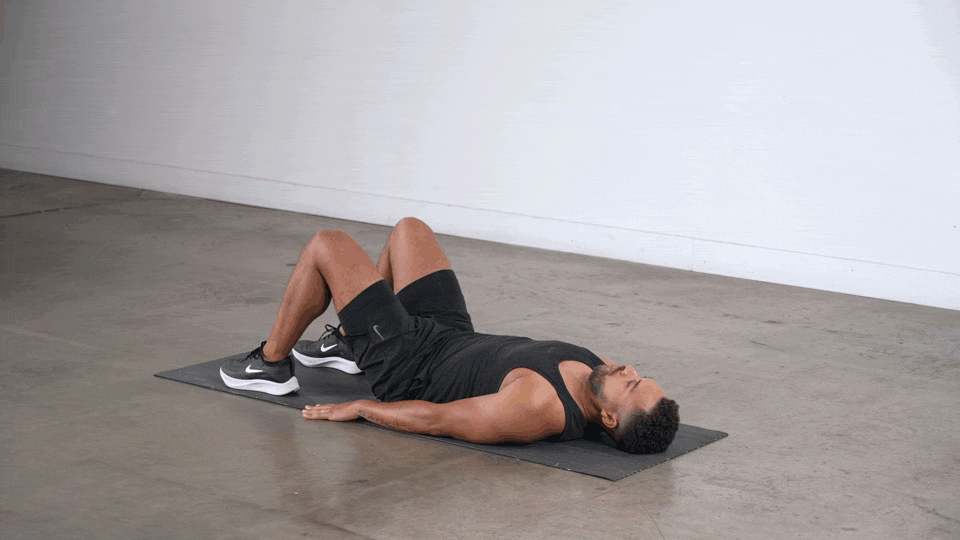
- How to: Lie on your back, knees bent, feet flat on the floor hip-width apart. Push through your heels, squeeze your glutes, and lift your hips until your body forms a straight line from shoulders to knees. Hold for a second, then lower.
- Pro tip: Add a pause at the top for extra activation.
2. Single-Leg Glute Bridge
Unilateral strength is key for balanced glutes.

- How to: Start in a glute bridge position. Extend one leg straight while keeping the thighs aligned. Push through the heel of the supporting foot, lifting hips as high as possible.
3. Donkey Kicks
An underrated move that isolates the gluteus maximus.
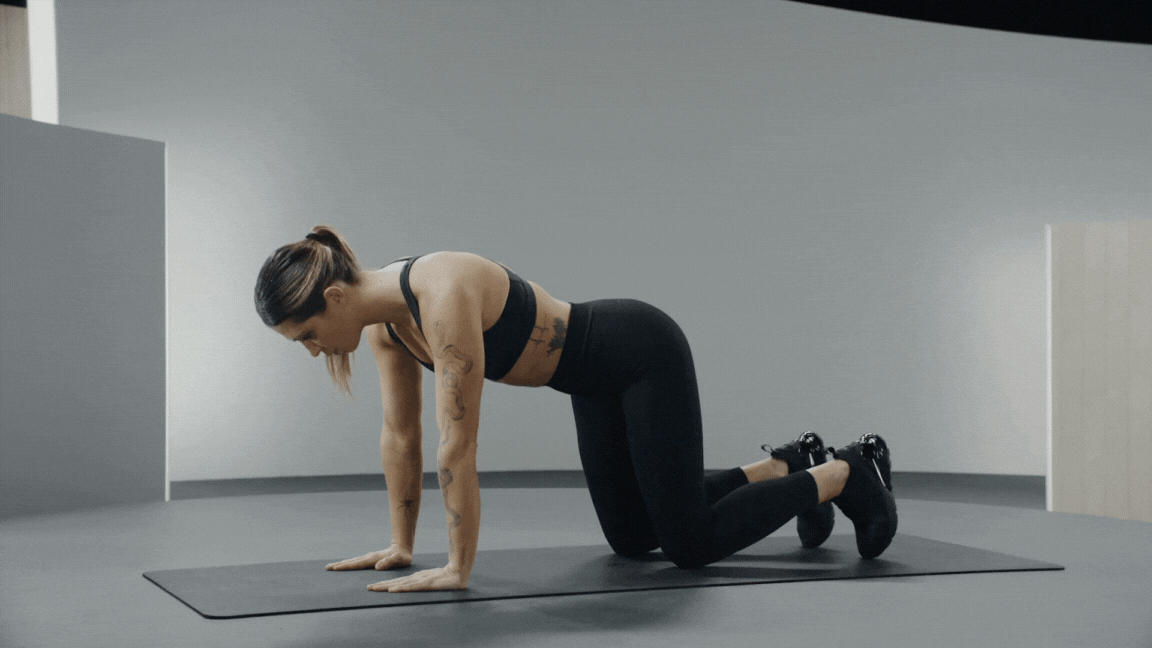
- How to: Get on all fours, keeping your core tight. Lift one leg, bent at 90 degrees, driving the heel toward the ceiling. Lower without touching the floor and repeat.
4. Fire Hydrants
Targets the glute medius, crucial for hip stability.

- How to: From all fours, lift one knee out to the side (like a dog marking a tree). Keep hips square and controlled. Lower with control.
5. Frog Pumps
A favorite among glute gurus for a rapid burn.
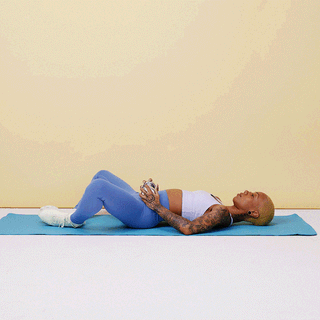
- How to: Lie on your back, soles of your feet together, knees open. Push through the outer edges of your feet, lifting your hips. Squeeze at the top and lower.
6. Glute Kickbacks (Standing)
Perfect for those needing a quick-standing option.
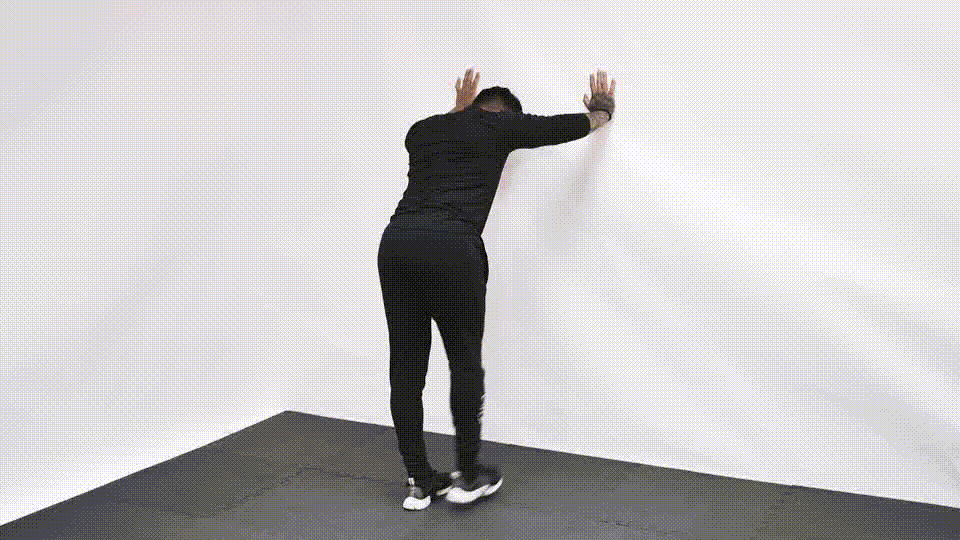
- How to: Stand tall, hands on hips or holding a wall for balance. Extend one leg back, squeezing the glute. Keep the core engaged and back neutral.
7. Step-Ups (Glute-Focused)
No equipment? Use stairs or a sturdy platform.
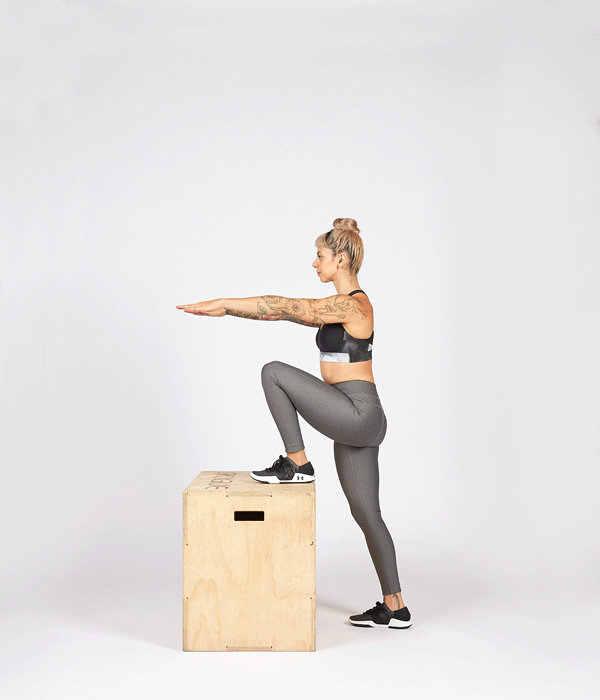
- How to: Step onto the platform with one foot, driving through the heel to lift your body. Avoid pushing off the back leg. Slowly lower and switch sides.
8. Bulgarian Split Squats (Bodyweight)
A myth debunked: split squats don’t need weights to be effective!
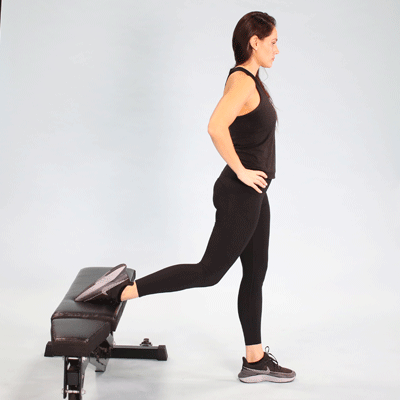
- How to: Stand a couple of feet in front of a bench or chair. Place one foot behind you on the surface. Lower into a lunge, keeping the front heel grounded. Push back up, squeezing the glutes.
9. Wall Glute Squeeze
Simple, yet surprisingly effective.

- How to: Stand with your back flat against a wall. Press your glutes into the wall as hard as possible, holding for 20–30 seconds. Release and repeat.
10. Clamshells
A glute medius isolation exercise that’s essential for balanced strength.
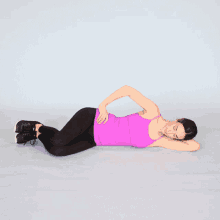
- How to: Lie on your side, knees bent, feet together. Keeping feet touching, lift the top knee as high as possible without shifting hips. Lower with control.
11. Lateral Band Walk (Optional: No Band)
Engages the side glutes and improves hip stability.

- How to: (With or without a band above knees) Slightly squat and step sideways, leading with the heel. Keep hips level and core tight.
12. Glute March
Combines core stability with glute activation.
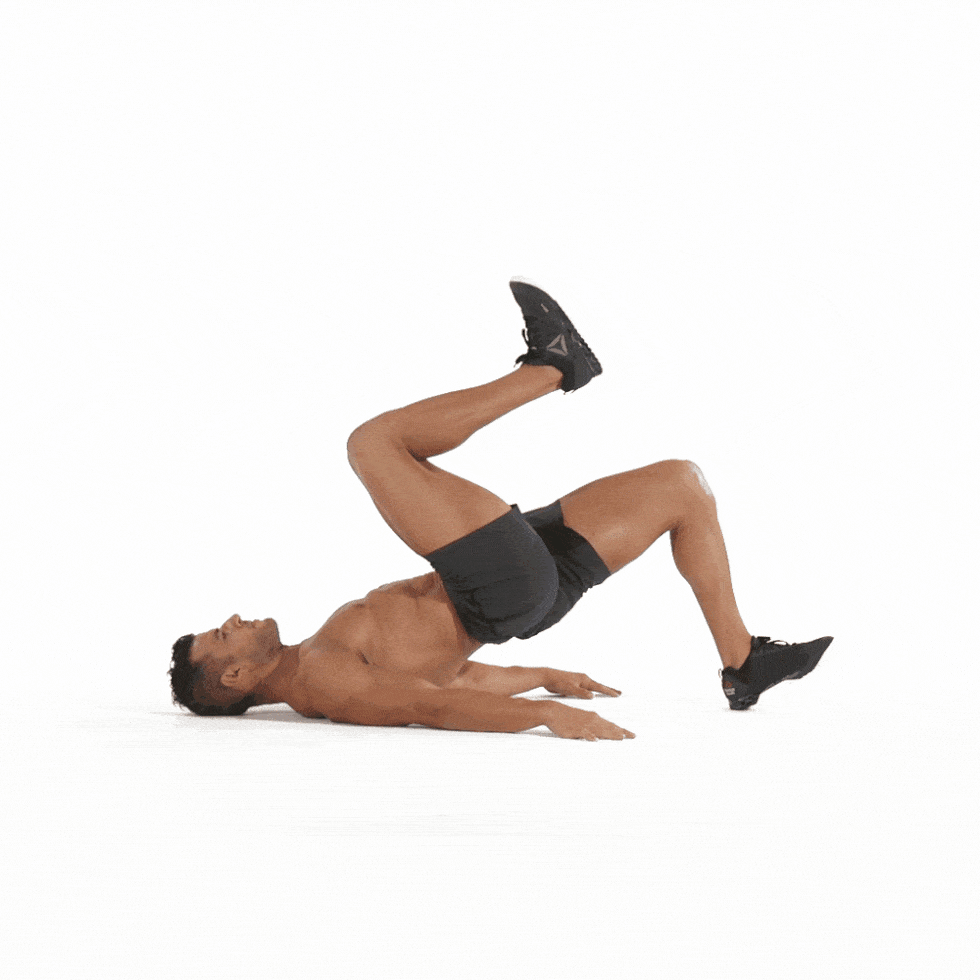
- How to: Lie in a glute bridge position. Lift one knee toward your chest while keeping your hips elevated. Alternate legs.
13. Hip Thrust (Bodyweight)
A variation of the glute bridge with a larger range of motion.
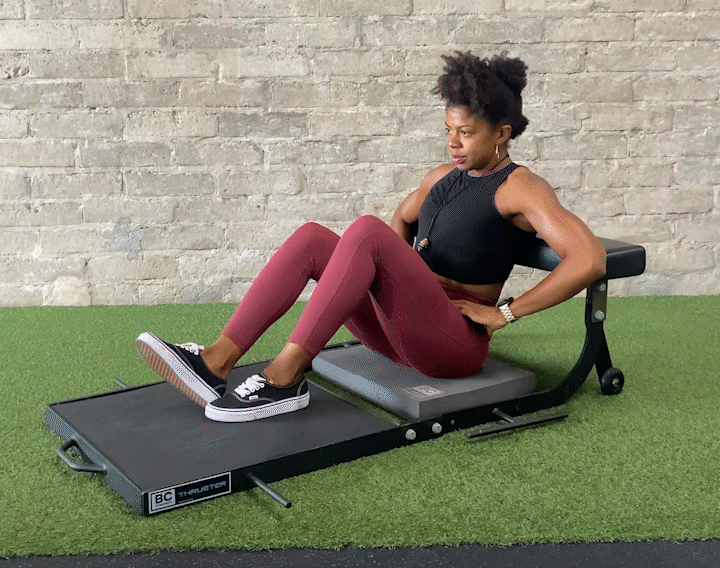
- How to: Rest your upper back on a low surface (couch, bench). Knees bent, feet flat. Drive hips upward, squeezing glutes at the top. Lower with control.
14. Curtsy Lunge
An elegant, yet powerful, move that hits the gluteus medius and maximus.
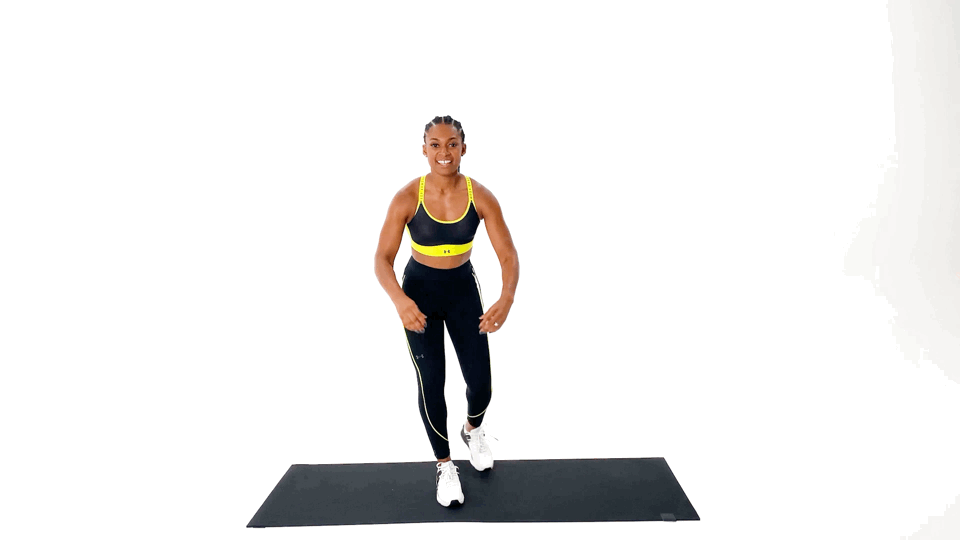
- How to: Stand tall, step one leg diagonally behind you, crossing it like a “curtsy.” Lower into a lunge, keeping the front heel grounded. Push back up.
15. Side-Lying Hip Abduction
An isolation moves to fire up your glute medius.
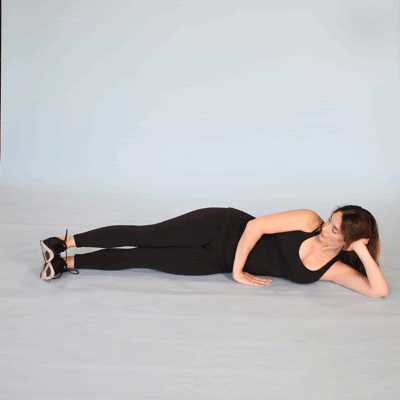
- How to: Lie on one side, legs stacked. Lift the top leg toward the ceiling, keeping it straight. Lower slowly. Avoid rotating the hip.
Bonus: Common Myths About Glute Training
- Myth: “Squats alone will grow your glutes.”
Fact: Squats mainly target quads unless you consciously engage the glutes.- Myth: “Heavy weights are necessary for glute growth.”
Fact: Bodyweight exercises can effectively build glutes, especially with proper form and progressive overload.- Myth: “Glutes don’t need isolation work.”
Fact: The glute medius and minimus often remain undertrained in compound movements, risking imbalance.
Glutes Training Quick Tips
✅ Focus on mind-muscle connection—really feel the glutes working.
✅ Slow down the movement to maximize time under tension.
✅ Progress by adding reps, sets, or resistance bands over time.
Final Thoughts
A sculpted, peachy booty isn’t just a fitness trend—it’s a sign of a strong, functional lower body. Incorporating these 15 glutes-only bodyweight exercises into your routine can dramatically improve your strength, balance, and aesthetics, all while protecting your joints and lower back. So, ready to build that perfect peach—anytime, anywhere?
Frequently Asked Questions (FAQs)
Can I build glutes with just bodyweight exercises?
Absolutely! While resistance bands or weights can enhance results, bodyweight exercises effectively target the glutes when performed with proper form, focus, and progressive overload. Exercises like glute bridges, single-leg variations, and hip thrusts can be just as effective.
How often should I train my glutes?
For noticeable results, aim to train your glutes 2–3 times per week, allowing at least 48 hours of recovery between sessions. Remember, consistency is key!
How long will it take to see results?
This varies depending on factors like your starting point, diet, genetics, and workout consistency. Generally, you can expect to see changes in 4–8 weeks, but the peachiest results may take 12–16 weeks with dedication.
Can I do these exercises every day?
While daily movement is beneficial, your glutes need time to recover and grow. It’s best to alternate glute workouts with rest days or active recovery. Overtraining may lead to plateaus or injuries.
Which exercise is best for a rounder booty?
The hip thrust (even bodyweight) is one of the most effective exercises for targeting the gluteus maximus and building a fuller, rounder shape. However, a combination of exercises—like glute bridges, single-leg moves, and lateral movements—delivers the best results.
Can I still grow my glutes without access to a gym or equipment?
Yes! That’s the beauty of bodyweight glute training. With consistent practice and progression in these 15 exercises, you’ll strengthen and shape your glutes from the comfort of your home or any space.
Can these exercises help reduce hip dips?
While you can’t “erase” hip dips (they’re largely determined by bone structure), strengthening the gluteus medius and surrounding muscles with exercises like clamshells, fire hydrants, and lateral band walks can help smooth and enhance your hip contour.
Can glute-only training improve my posture?
Yes! Strong glutes support your pelvis and spine, reducing strain on the lower back and hips. Incorporating these exercises can contribute to better posture, improved balance, and reduced risk of injury.










